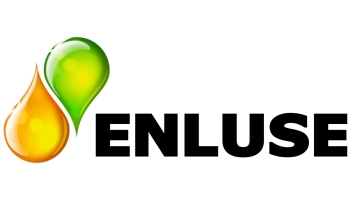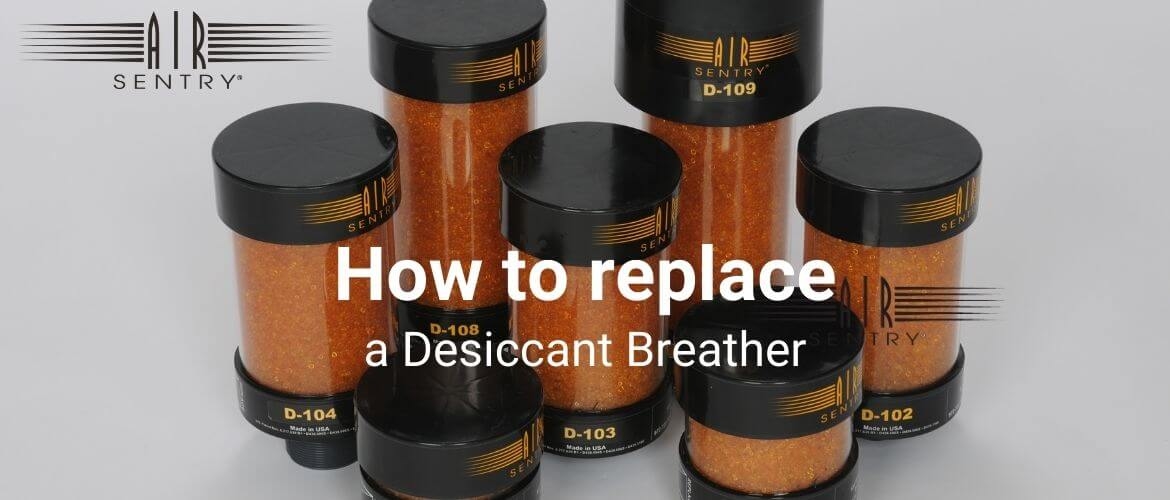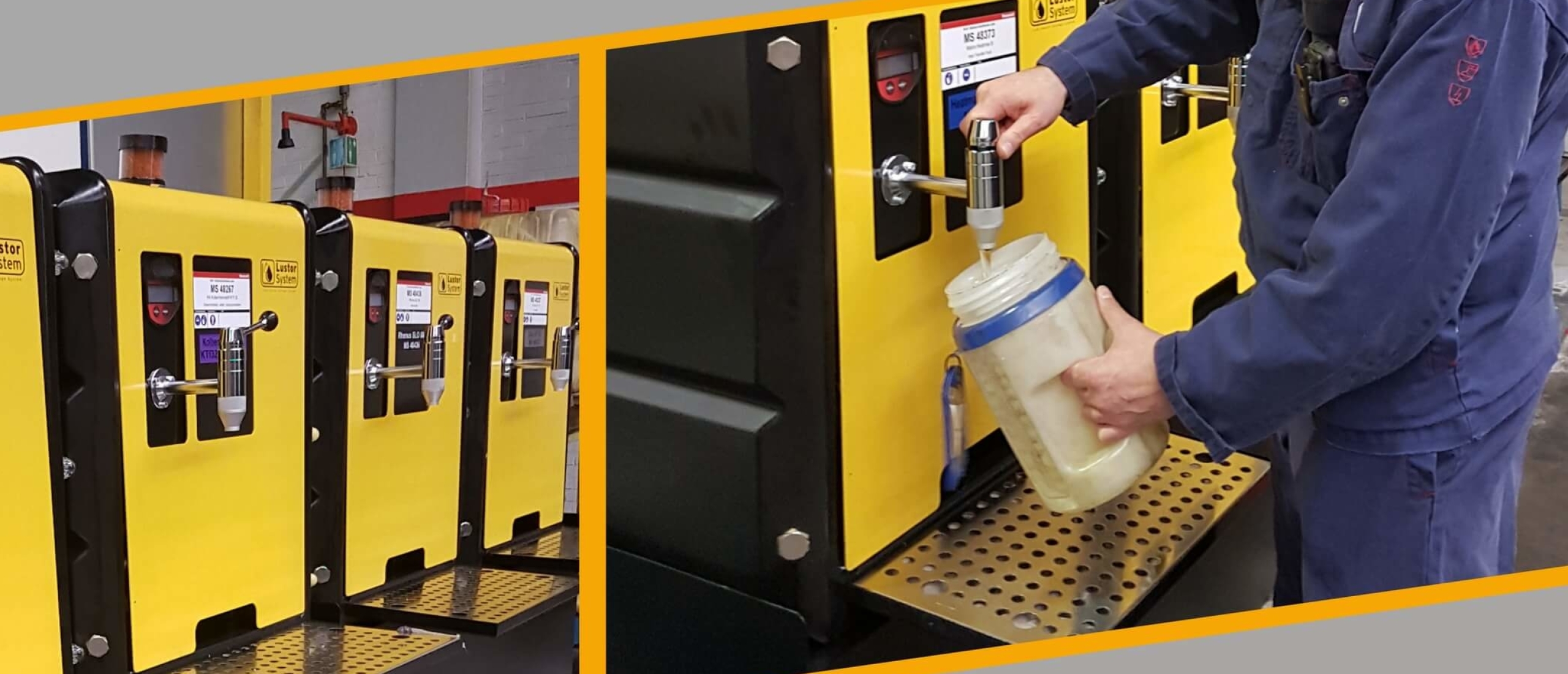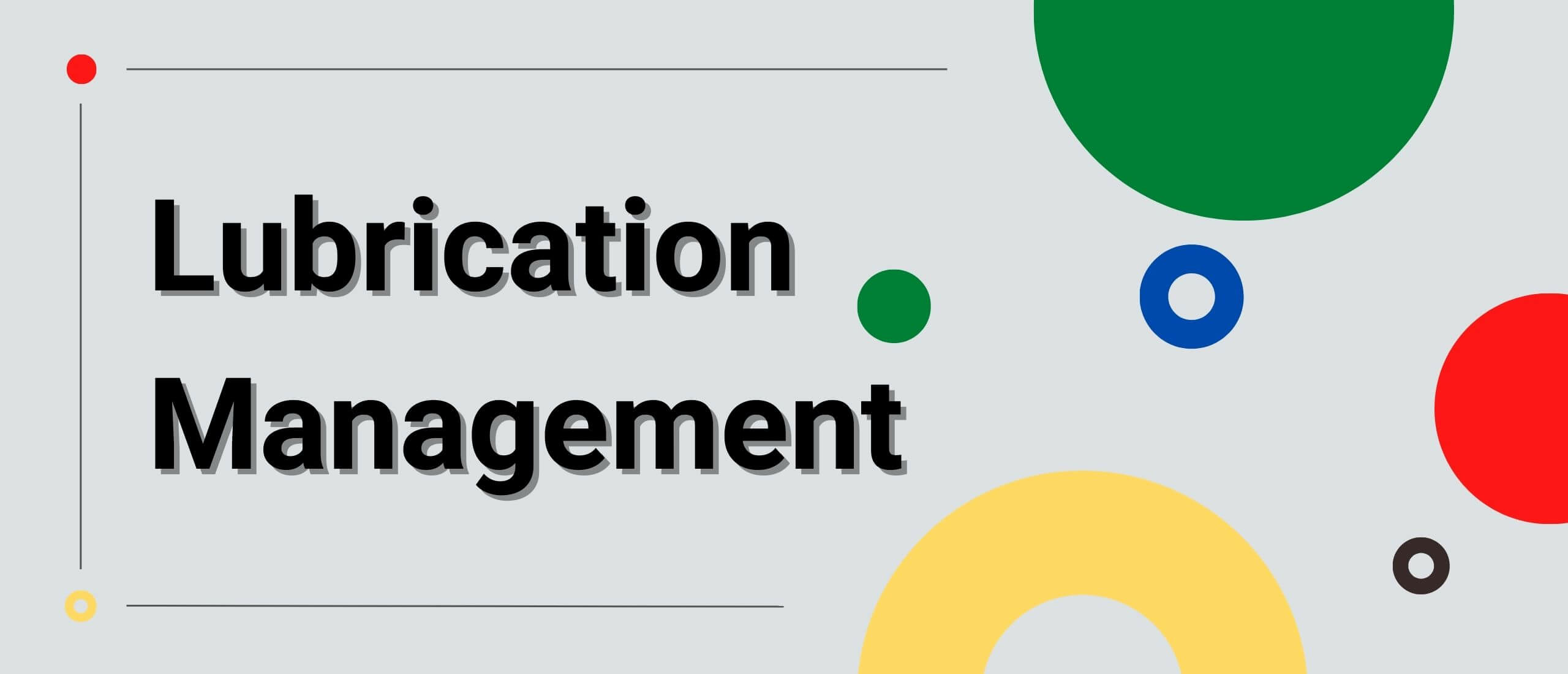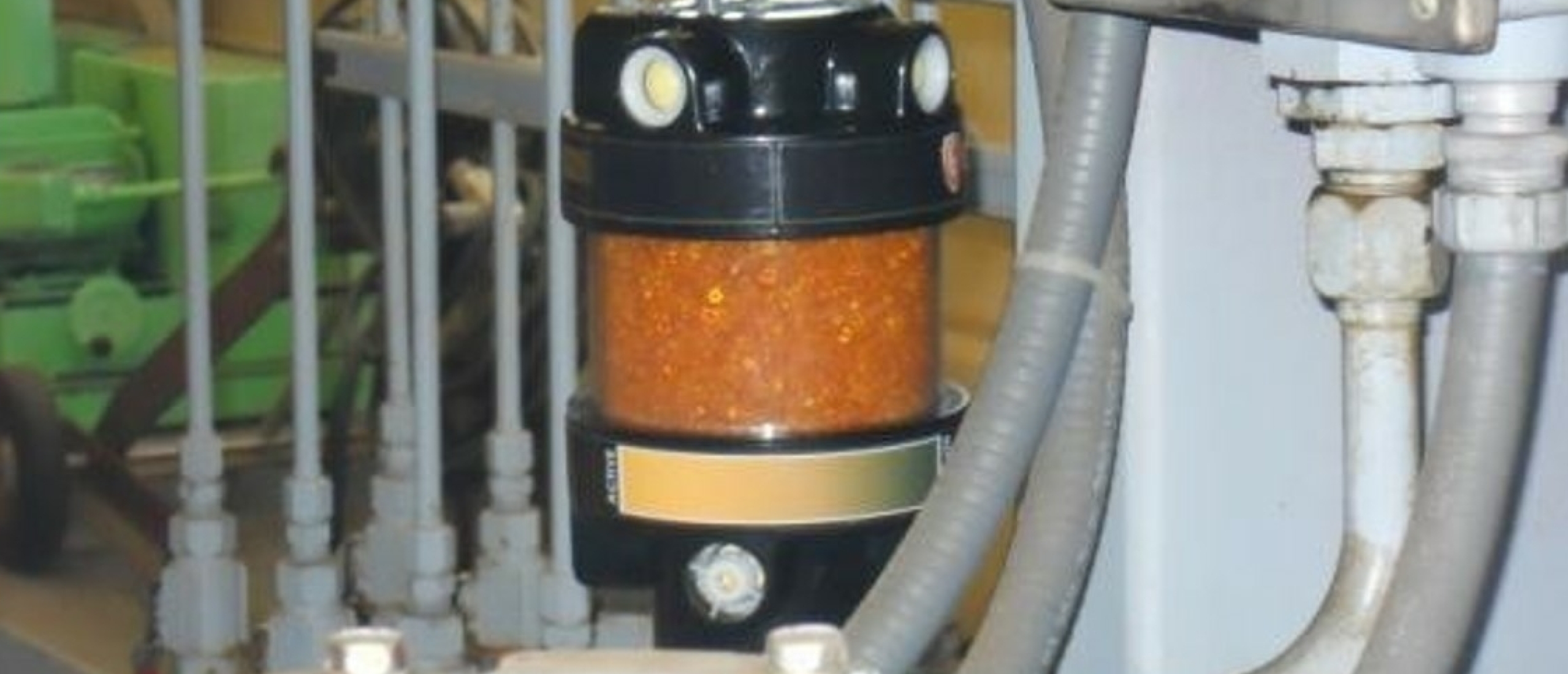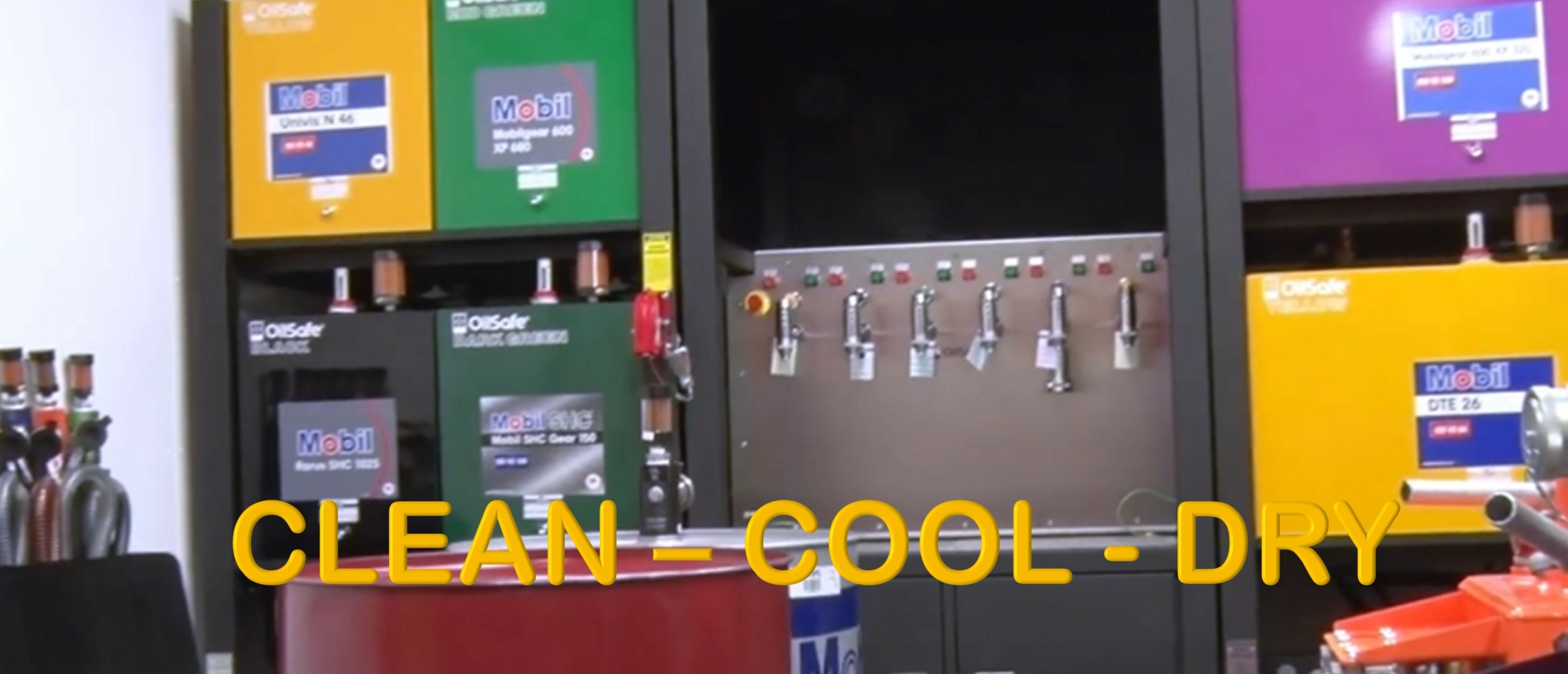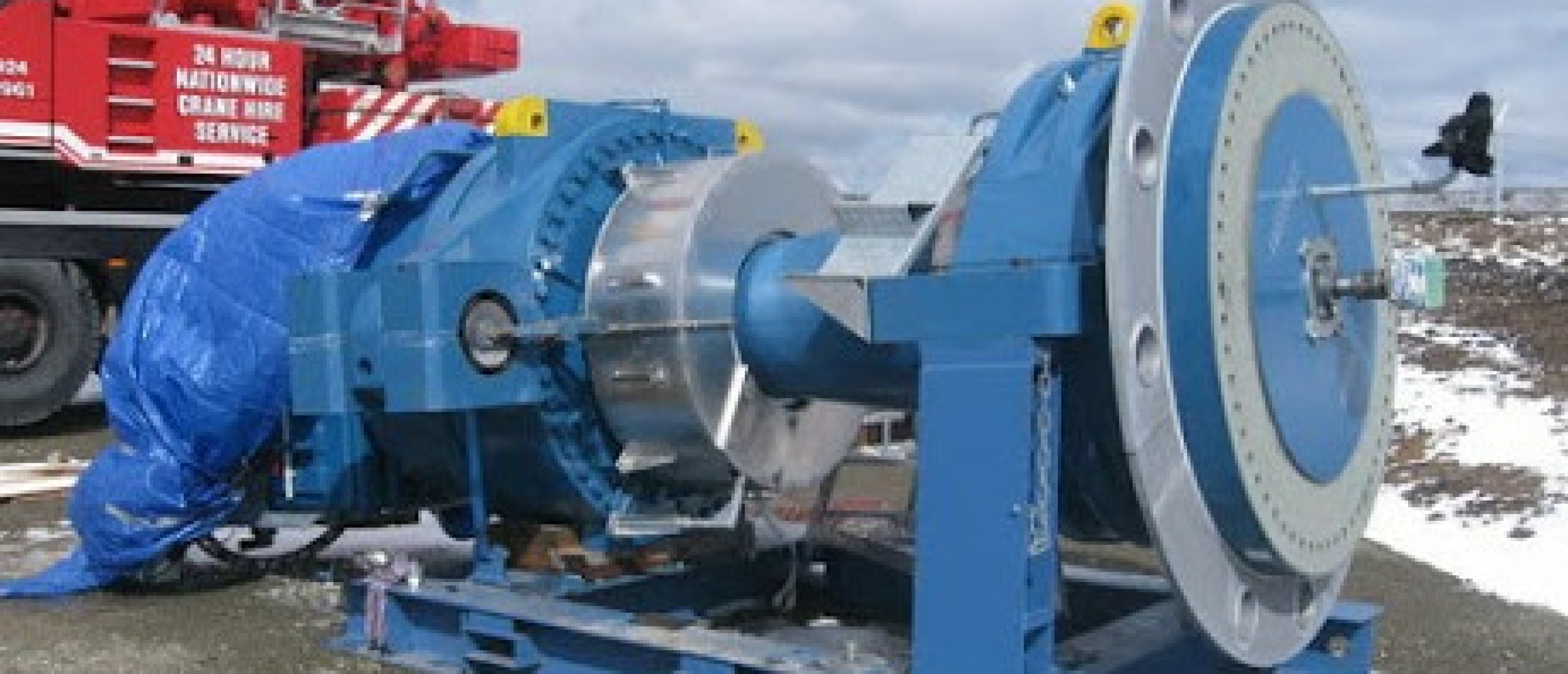
Core Preventive and Proactive Maintenance Requirements to achieve Gearbox Reliability
Gear reducers are an integral part of all production processes, ranging from small throwaway-units to large, both specialized and standardized units. Gearbox Reliability is a critical factor for companies tasked with reducing plant maintenance and operational costs.
Additionally, they can be very complex in design and can pose a challenge for maintenance staff, as there are many moving interfaces (gear mesh types, couplings, bearings and sealing mediums) all requiring their own and often different installations, adjustments/setups. Not to mention the very high loads that they can operate under and all of these factors require them to operate at all times with an effective and contamination free lubrication film thickness.
Lubrication Film Thickness
A fundamental fact!
Particles in the oil, greater in size than the oil lubrication film thickness, is the main cause of machinery and component wear. This is supported by the fact that a leading bearing company confirms that if the particles in the oil are smaller than the lube film thickness, the bearing will have an infinite life.
…another fact!
A lubrication film thickness is only a few microns in thickness. Comparable to a strand of human hair split twenty times, this is how small the lube thickness really is.
…and another fact!
Most people think that new oil is clean. WRONG, unless it is ordered as a clean lubricant, it is dirty and needs to be cleaned before it is put into service.
Of course wear due to contaminates/particles in the oil is one cause of wear. Another important point is the fact that oil in operation does not provide adequate separation of the moving metal components. I.e. the oil does not provide an effective lubrication film thickness.
The causes can be any number of reasons:
- The wrong viscosity oil is being used.
- The oil levels are running low.
- The oil has water in it or other fluid contaminants.
- The oil is oxidized.
- The oil has lost its additive pack.
- And of course there can be a number of Root Causes for the lubricant to be in any of the conditions listed above.
- The lubricants were mixed.
- The oil was not topped up.
- The gearbox is operating in moist, damp or wet area.
- The gearbox experienced a running condition or high temperatures.
- The gearbox coupling was misaligned.
The table below shows the Lubrication Conditions that will effect gearbox wear and reliability, along with the ways to detect the condition while in operation or at the repair stage and the rectification-actions to prevent the condition from happening again.
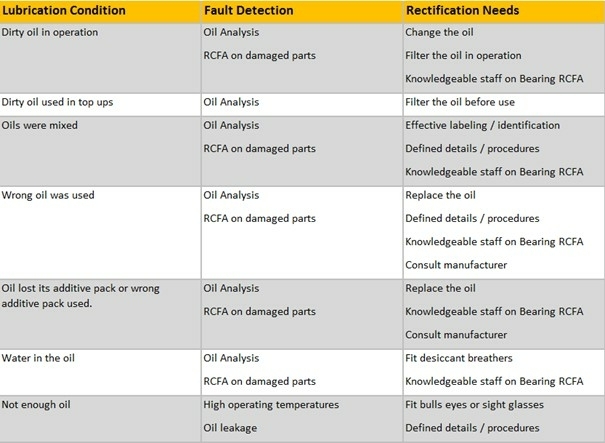
the lubrication conditions that will effect gearbox wear and reliability
In order to achieve a good gearbox reliability, Maintenance Management need to address the Fault Detection Mechanisms and Rectification Needs as listed above.
The Strategy
For any strategy to be successful over the long term two considerations are important:
- The activity needs to be considered as a process and not a project, i.e. an ongoing process, which can be considered as being proactive in achieving the results.
- To ensure we know where to go and what to achieve. For lubrication to work in a reliable manner (ISO 4406).
ISO 4406 is a method for coding the level of contamination by solid particles, as spelled out by the International Organization for Standardization (ISO).
 Allocation of particle count scale numbers
Allocation of particle count scale numbers
Depending on the criticality of the gearbox an ISO 4406 standard needs to be created. For standard gearboxes a target level of 18/15/11 is generally acceptable.
ROI
Of course any strategy will cost money to implement and continue. However, this should not be considered as a cost, but more referred to as an investment to achieve greater productivity returns. By lowering a code from 22/18/13 to 16/12/8, the meantime between failures can increase by a factor 4-5 times.
Checkmark
Implementing a Lubrication Reliability Strategy has many steps and if some of the steps are missed or a wrong step is taken, achieving the desired results can become difficult. However, one Checkmark question (referring to the 6 Lubrication Rights) throughout the process will guide you in making the right decision:
Will this action ensure that we get:
- the Right Lube ……..
- in the Right Machine ……
- at the Right Time …….
- in the Right Quantity …….
- in the Right Way .......
- in the Right Condition .…… (and kept in the right condition ?)
If the answer is “YES”. Great, the action is correct.
If “NOT”, the action needs reconsideration.
Main Steps in Gearbox Lubrication Reliability Strategy:
- Management Software.
- Clean Storage area.
- Identification and Labeling.
- Clean dispensing system.
- On-site filtering system.
- Oil analysis program.
- Desiccant air breathers fitted.
- Inspection points.
- Competent staff.
1. Management Software
An important key to all successful Lubrication Reliability programs is the process to ensure that what needs to be done actually gets done. Such a software is not only a work management program, but it is also the data base for all information about the lubrication needs for any given gearbox. CMMS system can do this work. However, most CMMS-systems do not go down to enough detail for managing the lubrication needs. Such system should also have transparent interfaces for specialized Oil Analysis Programs.
Specialized Lubrication Management software programs available today can be either stand alone or cloud based and both can be vender-specific or vender-neutral.
2. Clean Storage Area
A big source of contaminants entering the equipment is from dirty/messy lube storage areas. A well managed lube room ensures all lubes are correctly identified, filtered before use, the rooms are temperature-controlled plus dust- and dirt-free. Generally called: Contamination Control Centres.
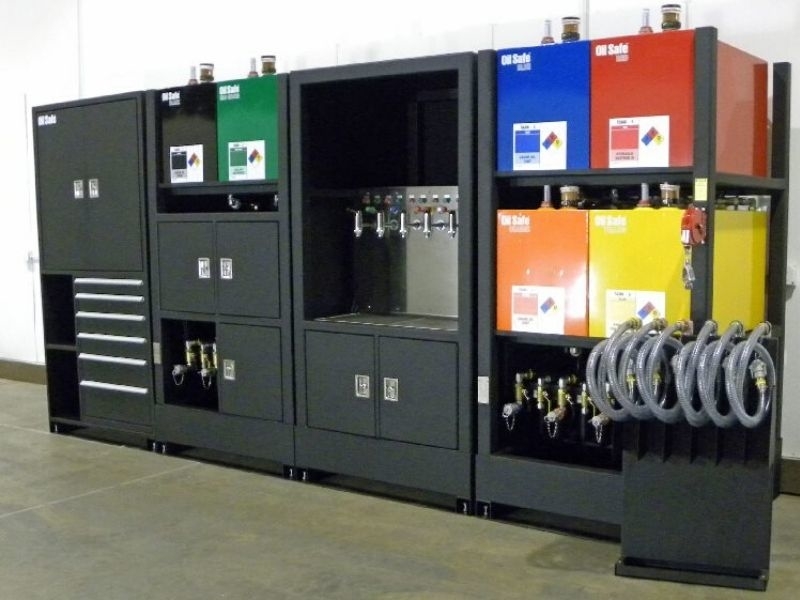
3. Identification and Labeling
Most plants have more than 3 different lubes in use: Hydraulic-, Gearbox-, Compressors-oils; to name just 3. Many have as many as 10 different oils in operation. The biggest dilemma for maintenance staff is to have a clear understanding of what oil goes into what application. For sure a dedicated lube man will have a better understanding of the relevant logistics. But what happens when the lube man is sick or on vacation. The last thing we want is f.e. a hydraulic oil added to a high load gearbox or a synthetic oil added to a mineral based application.
Most well managed identification systems are colour-coded throughout the plant. In the lube room, on dispensing containers, on application and on filtering systems. The labels should have details about the oil and its viscosity grade.
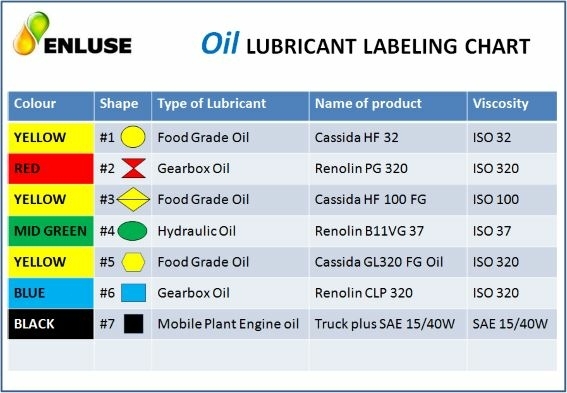
4. Clean Dispensing System
"Have you ever seen open dispensing cans and dirty funnels laying around in lube rooms?"
I’m sure the answer is "yes", and these are one of the biggest sources of continents entering the oil. The “Best Practice” for oil dispensing in industry today is the OilSafe dispensing system. Coloured lids with various dispensing lid types and sizes and pumping methods.
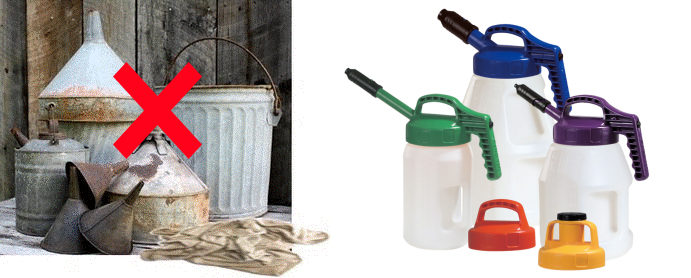
5. On Site Filtration
Gearboxes are inherent contamination generators, particularly if they do not have desiccant air breathers fitted to them. So we need a system of cleaning up the oil when it becomes dirty.
The answer is filtration, driven by Oil Analysis results. The most effective kidney loop systems used in plants today are mobile trolleys, with quick connect couplings fitted to the gearbox. Simply attach the system and run it until the oil is cleaned. Care should also be taken that the same filtering medium is not used for different types of oils and viscosities.
6. Oil Analysis Program
No gearbox reliability or maintenance activity will work unless you can control the quality and specification of the oil in operation: oil analysis! The OA-program will tell you when the oil has a too high contamination level and it needs filtering, when the oil is oxidized, has a too high level of water or other contaminant level and needs to be replaced. A good OA-program is the gearbox blood test for health management.
7. Desiccant Air Breathers Fitted
Oil levels in gearboxes rise and fall with temperature variations and if they are not protected with air controllers, contaminants like moisture and dust are drawn into the gearbox oil. Desiccant air breathers filter out the airborne contaminants by only allowing clean and dry air to enter the gearbox.
 Air Sentry desiccant breathers
Air Sentry desiccant breathers
8. Inspection Points
How do we know in a simply way when the oil levels are low? The answer is sight glasses. An innovation over the last few years have been the development of protruding type sight glasses called BullsEyes, these make it much easier to see the oil levels.
A more recent development of the BullsEye are ones with variations to their construction, including Oil Analysis sampling points.
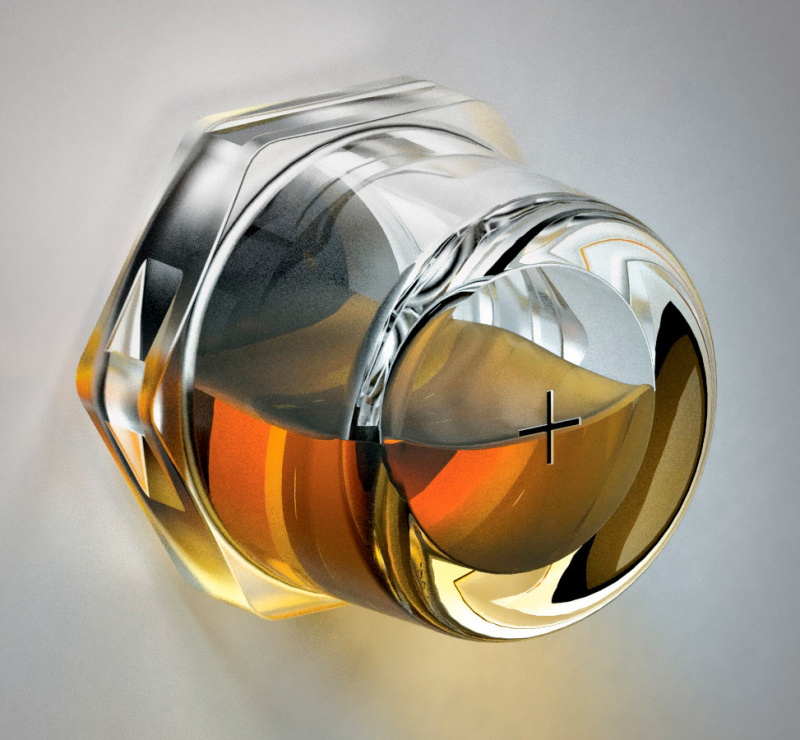 Oil Sight Glass (BullsEye)
Oil Sight Glass (BullsEye)
A more recent development of the BullsEye are ones with variations to their construction, including Oil Analysis sampling points.
9. Competent Staff
Lubrication today is a very technical subject and staff tasked with the function of managing this activity need to be trained as analysts and service technicians. The Best Program for this is one controlled by ICML. These staff also need to understand Oil Analysis and this can be covered in the ICML programs or from oil laboratories or specialists.

Another very important knowledge that general staff need to be competent in, is recognising. The bearing tells the story of everything that happens in its life time; how it was fitted, lubricated, the condition of the lube it ran it, how hot it became, etc. The greatest amount of knowledge of what needs to be done to prevent damages from happening again, can be gained from examining bearing wear patterns. There are more than 10 different causes for why bearings fail.
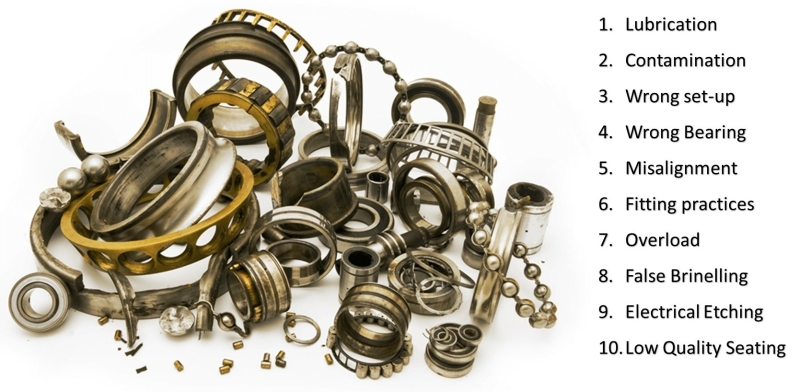 The 10 bearing failure causes
The 10 bearing failure causes
Conclusions
By effectively implementing a Lubrication Reliability strategy for operational gearboxes, unexpected failures can be avoided and application lifetimes can be dramatically improved. It is not easy, it is complex and costly, however the up-time rewards outweigh the costs many times over.
Highlighted are only broad details of what is needed in most industries today. It is recommended that companies find a local and competent lubrication consultant/supplier to help them tailor and implement a Lubrication Reliability Program that suits their industry type.
